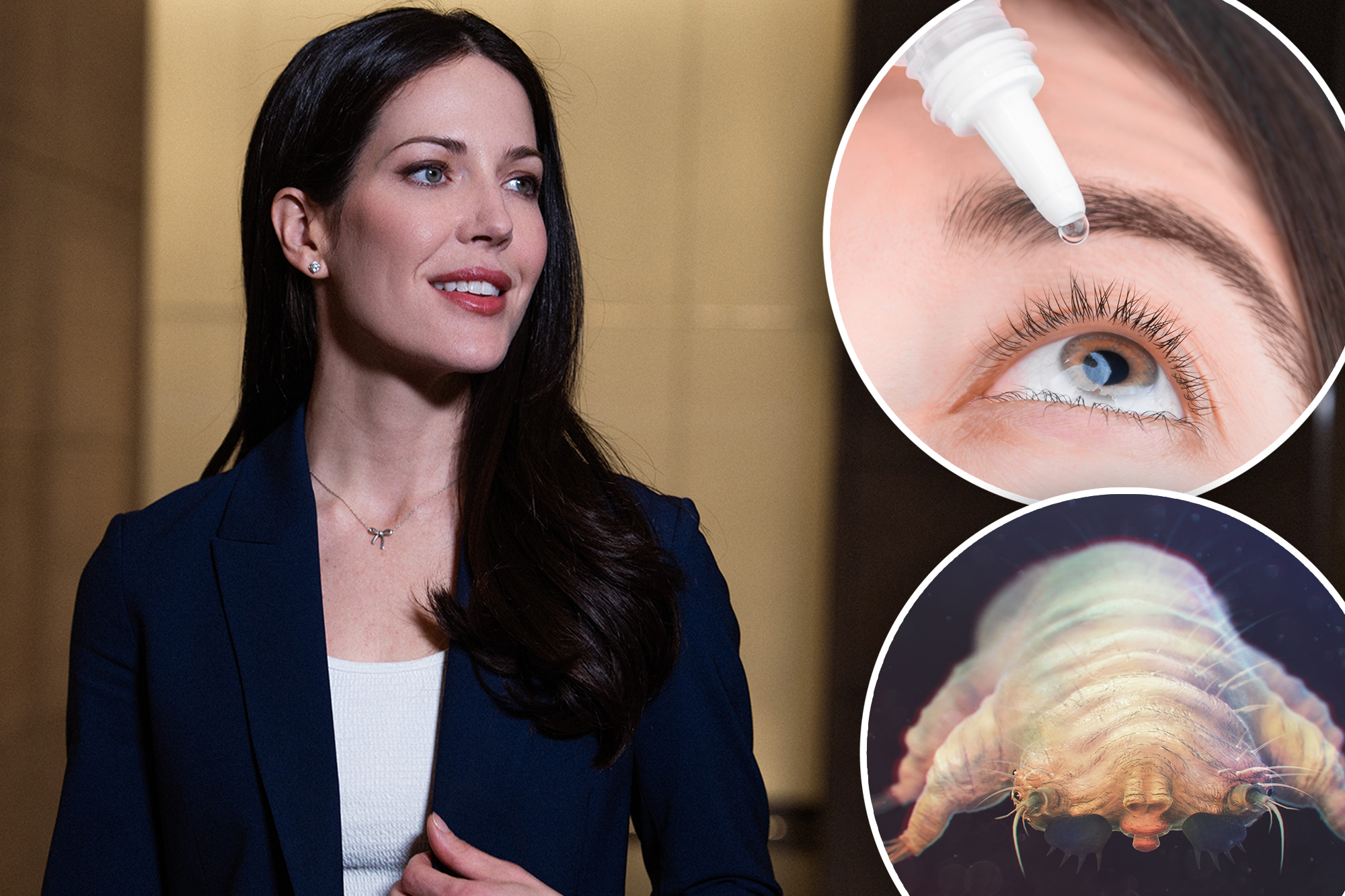More than 20 million Americans suffer from dry eye disease, a condition characterized by insufficient tear production or rapid tear evaporation. Common causes include environmental factors, certain medications, excessive screen time, and underlying health issues. Recently, an overlooked factor has emerged: microscopic pests known as eyelash mites, or Demodex, which may contribute to this distressing condition.
According to Dr. Ashley Brissette, a board-certified ophthalmologist and eye surgeon at Kelly Vision in New York City, an overgrowth of these mites can lead to various eye problems. “While they are typically harmless and almost everyone has these,” she stated, “an overgrowth of these mites, which feed off the bacteria on our lashes, can lead to conditions like blepharitis, causing eyelid inflammation, redness, dry eye, styes, itchy eyes, and irritation.”
Understanding Eyelash Mites
Eyelash mites are tiny parasites that live in hair follicles and sebaceous glands, measuring up to 0.4 millimeters in length. Most people naturally harbor a small population of these mites, which reproduce on the face while individuals sleep. Although generally unproblematic, an increase in their numbers can occur due to a compromised immune system, certain skin conditions, or poor hygiene practices, such as sharing towels or cosmetics.
The presence of these mites can lead to several symptoms, including itchy red eyes, eyelid crusting, irritation, styes, and even eyelash loss. Dr. Brissette noted, “The mites can cause distention of the eyelash follicle and cause natural lashes to fall out. This is the most distressing issue for most patients.” Styes can also be particularly troublesome, as they are visible, uncomfortable, and may take weeks to resolve.
The Link to Dry Eye Disease
The Meibomian glands are responsible for producing the oily layer of the tear film, which keeps eyes lubricated. An overgrowth of eyelash mites can cause inflammation of the eyelids, disrupting the function of these glands. As Dr. Brissette explained, “This leads to inflammation on the surface of the eye and a reduced ability to keep the eyes properly lubricated.” Consequently, this inflammation impairs tear production and affects how tears are distributed across the eye, exacerbating the issue of dryness.
During hotter months, dry eye symptoms may worsen due to increased air conditioning, exposure to environmental allergens, and reduced air quality from events like wildfire smoke. Individuals suffering from dry eye often report stinging sensations, burning feelings, redness, blurry vision, and heightened sensitivity to light.
Treatment Options for Eyelash Mites and Dry Eye
To combat eyelash mites, the prescription eye drop Xdemvy can be effective. Typically administered twice a day for a duration of six weeks, this treatment aims to eliminate the mites. “You also need to be washing the eyelids daily with an eyelid-formulated cleanser,” Dr. Brissette advised. This daily regimen helps remove both the mites and the bacteria they feed on, effectively preventing recurrence.
Dr. Brissette recommends the Purifying Foam Cleanser from Daily Practice by Dr. B as an effective option. It is crucial to incorporate this cleansing step into one’s daily routine to maintain eye health. “Yes, daily,” she emphasized. While it may seem like a significant commitment, the benefits far outweigh the effort.
Understanding the role of eyelash mites in dry eye disease is an important step in addressing this common yet often overlooked issue. By recognizing the symptoms and implementing appropriate treatment strategies, individuals can find relief from the discomfort associated with this condition.


































































